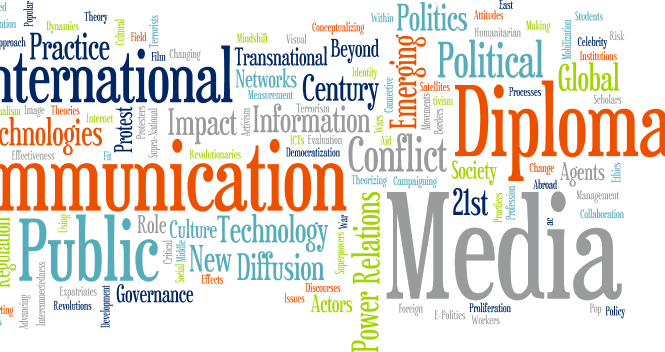Chapter #3 : The Study of Political Communication (Review)
The study of political communication is popularly believed to have begun with television, it actually dates back nearly a century. It was Walter Lippmann, the American journalist writing in the 1920s, who eloquently and influentially described the ability of the media to mold the images people carried in their heads about a distant world that was “out of reach, out of sight [and] out of mind.”
EARLY HISTORY OF POLITICAL COMMUNICATION SCHOLARSHIP
Back to Lippmann in the 1920s. After the war, Lippmann became disillusioned by the ways that Creel had used the powers of persuasion and coercion to influence the mass public. He rejected classic liberal democracy concepts, such as the power of rational thought or the ability of the press to relay accurate information. Instead, he concluded that people were prone to psychologically distort information and engage in stereotyping. “We do not first see, and then define, we define first and then see,” he said. But there was more. Unlike earlier eras, where individuals lived in small towns and had direct experience with issues of their communities, in the modern world, people were compelled to make decisions about complex problems that they could not directly experience. Living in a world that was “out of reach, out of sight, out of mind,” Lippmann (1922) poetically penned, people had to rely on governments and the press for accurate information (p. 18). But—and here was the modern wrinkle—governments could effectively manipulate symbols to manufacture consent. The press did not convey deeper truths, Lippmann concluded. Instead, it simply transmitted events, even forcing attention on selected issues.
ABCs of Propaganda
In the 1930s, a group formed an Institute of Propaganda that assembled a list of the “ABC’s of propaganda” that included testimonial, the ability of a communication to call on the views of a credible spokesperson; bandwagon, the persuasive influence exerted by the perception that large numbers of people supported a cause; and transfer, the powerful impact that a message could exert if it was associated with a popular image or symbol.
The term propaganda, with its sweeping, heavy, and negative connotations, gave way to less pejorative terms like persuasion and information control. But the questions the Institute raised would continue to occupy students of political persuasion.
THE PENDULUM SWINGS
Certain individuals served as opinion leaders for others, influencing followers’ political views. Ideas seemed to flow from radio and newspapers to these influential leaders; the opinion leaders then scooped them up, distilled them and conveyed them to the less involved, less active members of the electorate. The researchers dubbed this the two-step flow. Thus, media did not impact on the mass audience directly, as the propaganda theorists feared. Instead, their influence was itself mediated—watered down, perhaps, but certainly tempered—by these influential leaders.
The model looked like this: Media —-à Opinion Leaders —-à Voting Public
Joseph Klapper Makes His Statement
Katz and Lazarsfeld, Klapper (1960) concluded that media influences on society were small to modest. People had acquired strong preexisting attitudes before they came to media. They were members of reference groups, like the family, religious organizations, and labor unions. These groups generally exerted a stronger impact on attitudes than did mass media. The media were not the sole or primary agent that influenced political attitudes and behavior. Instead, Klapper emphasized, media worked together with social environmental factors, contributing to or reinforcing the effects these other agents exerted. This became known as the limited effects model.
SOCIAL SCIENCE AND POLITICAL COMMUNICATION
Social science is employed to develop a body of knowledge of the role that political communication plays in society (Holbert & Bucy, 2011). To be sure, the social scientific approach is not the only way to approach the study of politics and media.
Social science cannot answer “should” questions. It cannot tell us whether limits should be placed on campaign spending or, alternatively, if a hands-off approach is better for democracy.
Political communication is a diverse discipline, enriched by different approaches. A social scientific perspective emphasizes that questions are explored systematically through the articulation of theories, posing of hypotheses, and hypothesis-testing.
The cornerstone of hypothesis-testing is research methodology. We test hypotheses through a variety of empirical methods. Content analyses, experiments, and surveys are major strategies scholars use to test predictions and advance knowledge of political communication. Each has strengths and shortcomings.
RESEARCH METHODOLOGIES
In political communication research methods. Content analyses, surveys, and experiments are conducted with more precision and real-world flair. A host of other techniques, including focus groups, deliberative discussion analysis, and psychophysiological measures, have been developed and refined, generating new insights on political communication.
